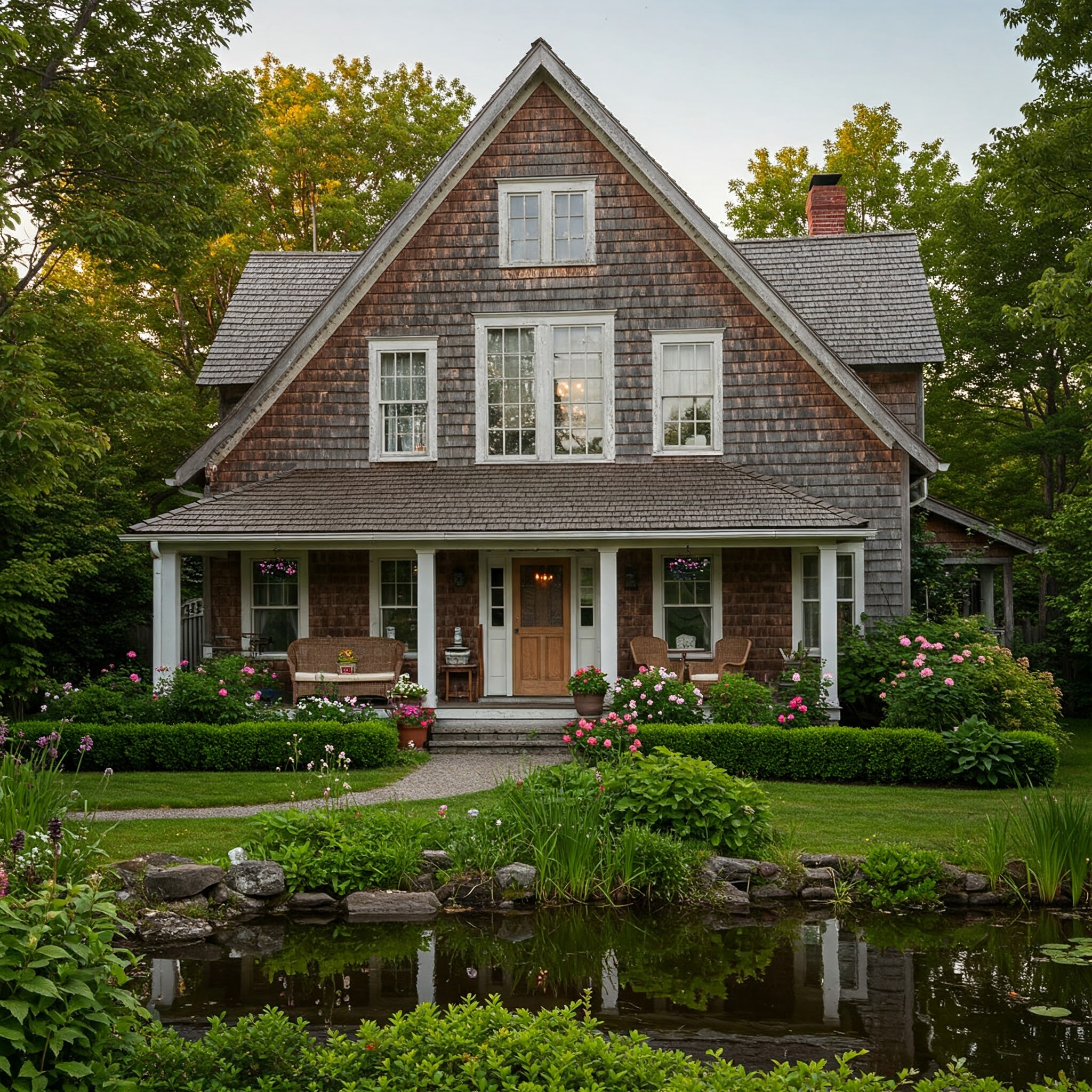

Question: What is the Most Expensive Part of a House?
Answer: The most expensive part of a house is typically the finished structure itself, encompassing framing, foundation, roofing, and exterior walls. These core components represent the bulk of material and labor costs.
The Costs Behind Your Dream Home
Buying a house is a significant financial undertaking, and it’s natural to wonder where your hard-earned money is actually going. While the sticker price grabs attention, the total cost of a home encompasses a multitude of elements. From the foundational expense of the property itself to the less obvious but equally substantial costs of location, size, materials, and fluctuating market conditions, understanding these drivers is important. This post looks into a breakdown of the most expensive components involved in a typical home purchase. We’ll explore how these factors intertwine to influence the final price, arming you with the knowledge to make informed decisions and navigate the complex landscape of home buying with greater clarity.
Location, Location, Location
The land itself often represents the largest expense. Properties in desirable neighbourhoods, near amenities, or with scenic views command higher prices. Limited land availability in sought-after areas further inflates costs.
Click here for more information on real estate agencies in Orangeville
Related Article: How Quickly Do Most Houses Sell?
Related Article: What Style of House is Easiest To Sell?
Interior Finishes
Interior finishes add up quickly. High-end countertops, custom cabinetry, premium flooring, and designer fixtures increase the cost. While these features enhance a home’s aesthetic appeal, they represent a substantial investment.
Kitchens and Bathrooms
These rooms often demand the highest-quality finishes, impacting the overall budget. Modern appliances, luxurious fixtures, and intricate tile work elevate costs.Custom Features
Unique elements like built-in shelving, fireplaces, and specialized lighting add character but also increase expenses.
Systems and Appliances
Essential systems, including plumbing, electrical, heating, ventilation, and air conditioning (HVAC), contribute to the overall cost. High-efficiency furnaces, advanced HVAC systems, and modern appliances represent significant investments.
Upgrades
Upgrading these systems to more energy-efficient models adds to the initial cost but can lead to long-term savings.Maintenance
Remember that ongoing maintenance costs for these systems factor into long-term homeownership expenses.
Outdoor Spaces and Landscaping
Outdoor spaces add value and enjoyment. Features like decks, patios, landscaping, and pools increase the upfront cost. Elaborate landscaping and extensive hardscaping require specialized labour and materials.
Long-Term Value
While these features add to the initial expense, they also enhance the property’s curb appeal and long-term value.Maintenance
Consider ongoing maintenance costs for landscaping and outdoor features in your budget.
Market Conditions and Other Factors
Current market conditions play a large role. High demand and limited supply drive prices up. Other factors, such as interest rates and closing costs, also influence the final price.
Real Estate Agent Fees
Agent commissions factor into the selling price.Legal Fees and Other Closing Costs
Legal fees, land transfer taxes, and other closing costs contribute to the final expense.
Conclusion
While the land itself frequently commands the highest price tag in a home purchase, it’s crucial to recognize the substantial influence of other elements. Factors like the home’s square footage, the quality of its interior and exterior finishes, and the efficiency of its mechanical systems all play a vital role in determining the final expense. By gaining a comprehensive understanding of these diverse cost drivers, potential homeowners can navigate the complex financial landscape of real estate with greater clarity, making informed decisions that align with their budget and aspirations.


